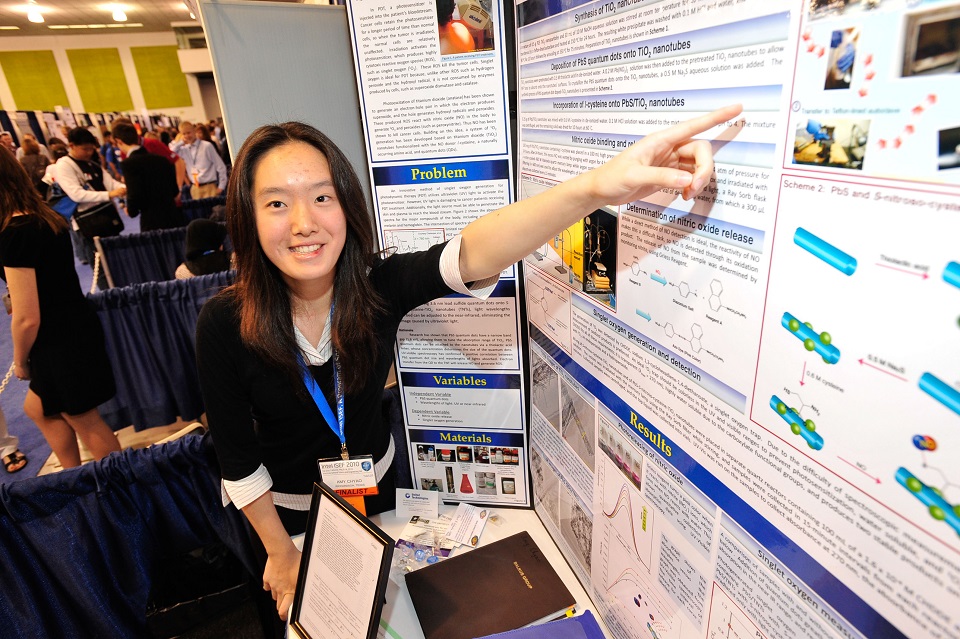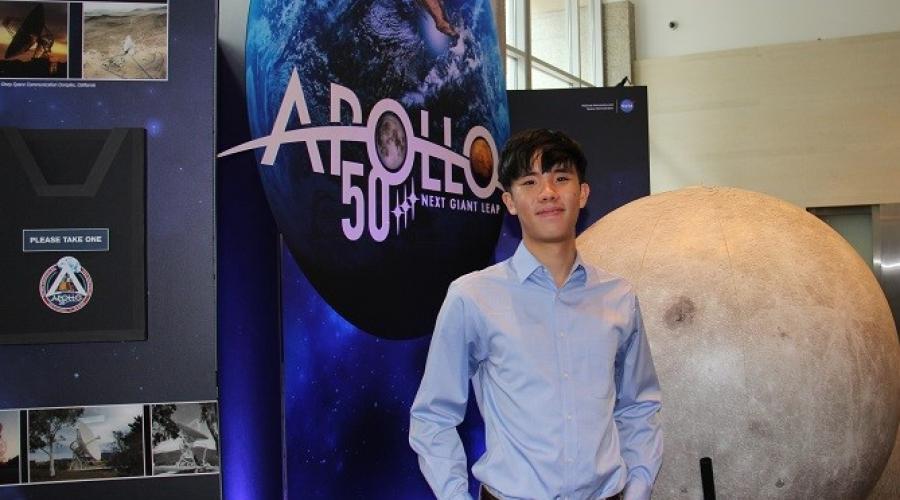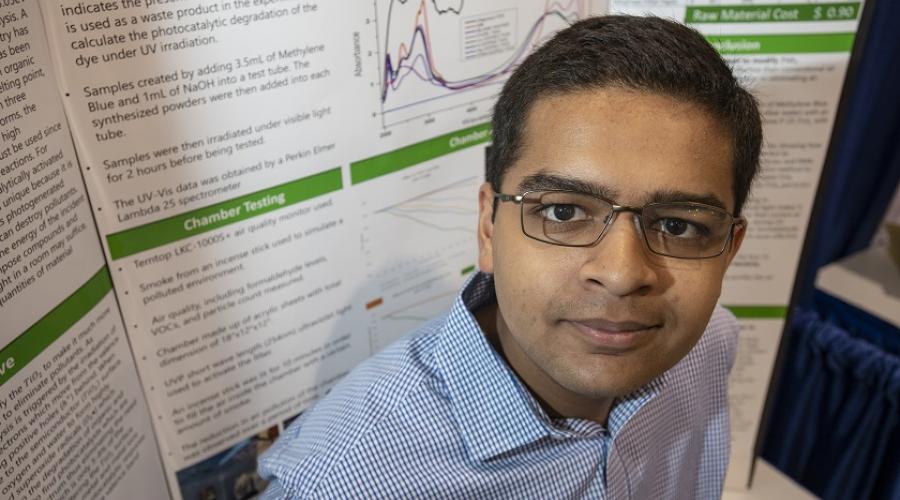Intel ISEF 2008 Winner Sana Raoof is Sharing Science as the Co-Editor of the Harvard Science Review
By Caitlin Jennings, Communications Specialist, Society for Science & the Public
Sana Raoff won the top prize at Intel ISEF 2008 for providing new insight into how a better understanding of mathematical knot theory could help resolve classic biochemical problems. However, most of her memories of Intel ISEF are not of winning the award, but of taking in all the other amazing projects. “I still remember walking around the math section of [Intel] ISEF and every next project that I saw I thought was cooler than the one before,” she says.
“I didn’t think that I could really study math or something very mathematical in college until I started doing math research for [Intel] ISEF,” Sana, who is now an undergraduate at Harvard, as well as co-editor of the Harvard Science Review, says. “When you talk about research you think about finding a cure to cancer. Most people don’t think about doing math problems.”
However, when she went to an MIT summer program to work on her project, she started seeing math research differently. “It opened up a whole new world, realizing that there were lots of funny problems that haven’t been answered,” she says. The drive of the competition also helped her really dig in and focus on her work. “I don’t know if I would have worked so hard on my research project, even after this camp was over, if I didn’t have the incentive of ISEF and Intel,” she says. “I think it’s a really strong program. I wish they had something like that for college students because having a fun week at a research competition is a stronger incentive than a 1 in 100 chance that you’ll get your research published.”
In preparation for Intel ISEF, Sana talked to professors at local universities, asked scientists to challenge her with questions, and emailed experts in the field to see if they had ideas on possible implications for her research. She also practiced presenting her research to as many people as possible, including non-scientists. “[Intel] ISEF is not just about how good you are at science, it’s really about how interesting and confident your presentation sounds,” she says. “So, it’s just as important to make it understandable as it is to do the work.”
This exhaustive preparation paid off, and she is still reaping the benefits. As co-editor of the Harvard Science Review, which aims to communicate science to the broader community,she is applying the skills she learned at Intel ISEF. Due to all the interviews and public day, where Finalists have to explain research to children, she says, “I feel like I’d already been trained a little bit in trying to make math or science interesting or understandable to young people.”
In addition to changing her view of mathematics research, encouraging Sana to delve into a particular project, and inspiring her to communicate scientific research to a lay audience, Intel ISEF has also impacted her career choice. Before her research, she wanted to be a doctor because both her parents are doctors. However, she now hopes to pursue an M.D./Ph.D. to continue scientific research. “I keep saying [Intel] ISEF changed a lot of things because it’s true.”
- Read more about Sana winning the Intel ISEF 2008
- Learn more about MIT’s summer programs for high school students
- Read the Harvard Science Review
- Attend Intel ISEF 2011 in Los Angeles


